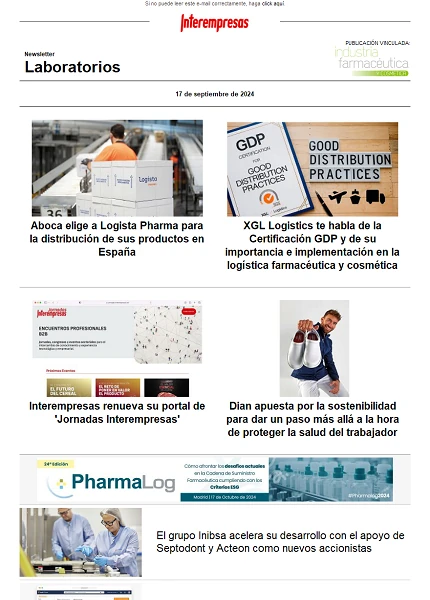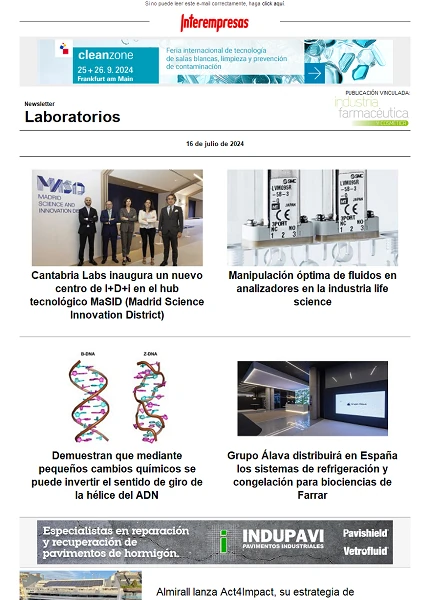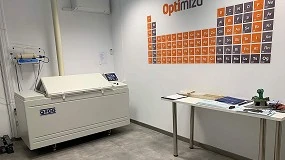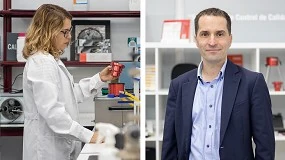El Triclosán y los perfluorados, presentes en los sistemas fluviales españoles
10 de diciembre de 2010

.
España busca dar un nuevo salto en materia de conservación medioambiental, esta vez teniendo como principal objetivo las comunidades fluviales de la Península, pero también a lagos y lagunas de nuestro país. Y es que resulta que se han encontrado durante la ejecución de un estudio llamado Scarce ('Evaluación y predicción de los efectos del cambio global en la cantidad y la calidad del agua en ríos ibéricos'), realizado a lo largo del año 2010 en las principales fuentes hidrográficas del territorio español, alarmantes niveles de dos compuestos químicos dañinos tanto para las aguas como para los humanos, como lo son el tTiclosán y los perfluorados.
Así se dio a conocer durante la I Conferencia Scarce celebrada en Girona durante el mes de diciembre de 2010 , de la mano de varios científicos integrantes del Institut Català de Recerca de l’Aigua (Icra) quienes han publicado su estudio 'Persistencia del Triclosán a través de las plantas de tratamiento de aguas y sus posibles efectos tóxicos sobre los sistemas fluviales', el cual han editado en la revista internacional Aquatic Toxicology.
El Triclosán no es más que un común bactericida que sobrevive a los diferentes procesos de depuración en las plantas de aguas residuales y queestá llegando a los ecosistemas fluviales incrementando el riesgo potencial ambiental, sobretodo en tierras mediterráneas donde la escasez de agua resulta en una elevada dilución.
Este compuesto es conocido por estar muy presente en cosmética como en jabones, desodorantes, pastas de dientes, entre otros, por lo que se le considera un ‘contaminante emergente’. Si bien el Triclosán lleva mucho tiempo presente en bajas concentraciones en nuestros sistemas fluviales, la toxicidad recientemente detectada en las algas lo hace altamente tóxico para ríos, lagos y lagunas, sobretodo por su capacidad de sobrevivir a los procesos de depuración de las aguas.
Básicamente lo que ocurre, según relata este estudio es que las concentraciones ambientales de triclosán aumentan la mortalidad bacteriana, inhibe la capacidad fotosintética de las algas, así como su extinción no fotoquímica, y por último incide también en la viabilidad de las células diatomeas. Esto trae como consecuencia que el Triclosán tenga un impacto negativo mucho mayor que el predicho por los modelos ecológicos.
Para Damià Barceló, director del Icra, el que “Suecia ya haya prohibido el uso del Triclosán ya es bastante sintomático”. Puntualizó que “en España se está haciendo un seguimiento continuado del tema hace años, pero que es ahora con este estudio cuando se hace más pertinente el establecer tanto la exposición individual como la medioambiental a la que cada organismo puede someterse”.
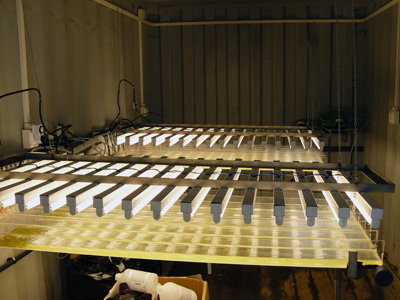
En el año 2008, ya se publicó un estudio en el que el Triclosán aparecía en el 50% de las muestras recogidas en el Ebro y el Llobregat
Los compuestos perfluorados también son grandes contaminantes
Los perfluorados también se han detectado en diferentes masas de agua, incluida la propia precipitación, y son una clase de organofluorados ampliamente utilizados desde la década de los 40 en industrias y hogares por su estabilidad física, química y biológica. Los mismos están presentes en el agua y en alimentos que consumimos y ahora han sido reportados en la leche materna, el suero o el hígado. El problema con ellos es que son persistentes a la hora de disolverse debido a sus propiedades, aparte de que son ‘bio-acumulables’ y ‘bio-magnificables’ en la cadena alimentaria, es decir, que están expandidos por todo el mundo.
Al respecto fue presentado en la I Conferencia Scarce el trabajo 'Análisis de compuestos perfluorados en el agua del grifo de ciudades españolas gracias a una espectrometría por cromatografía líquida de masas', en donde se han estudiado 18 compuestos perfluorados en el agua corriente de las 7 ciudades más importantes localizadas a lo largo del río Ebro: Tortosa, Lleida, Logroño, Miranda, Zaragoza, Pamplona y Barcelona.
Si bien en todas ellas fueron revelados diferentes índices de concentraciones del compuesto, fue en la Ciudad Condal donde se detectó la peor, con un 38% de perfluorados en los niveles cuantificables más altos, incluido el nocivo ácido perfluorooctano (PFOA).
Los responsables de este estudio concluyeron que una de las hipótesis posibles para explicar los niveles encontrados en las aguas la hayamos en que estos no quedaran del todo eliminados o que se redistribuyeran en las plantas de tratamiento de aguas, así como a la manera en la que se transporta hasta los domicilios.
Esta investigación que se inició en abril del 2010 y que cuenta con el apoyo del Ministerio de Ciencia e Innovación servirá para mejorar la gestión de los ríos y por lo tanto se prestará para efectuar una interacción importante entre la comunidad científica y las cuencas. El proyecto, que ya ha tomado más de 5000 muestras del Llobregat, del Ebro, del Júcar y del Guadalquivir ,prevé hacer públicas sus primeras conclusiones a finales del 2011.






